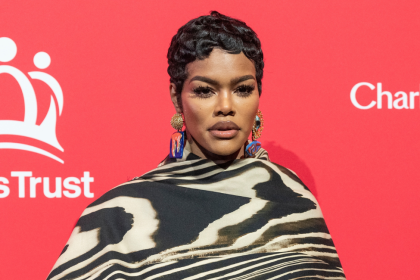The rise of shapewear in the fashion industry presents a complex scenario. While it appears to offer progressive inclusivity by providing more style and size options, it also perpetuates underlying issues that affect body image and self-perception, particularly within the plus-size community.
The dual role of shapewear
Shapewear, while enhancing the availability of trendy and stylish clothing for individuals with larger bodies, also reinforces harmful beauty standards. This type of garment is often marketed as essential for achieving a socially desirable body shape, which can exacerbate body dysmorphia and negative self-image among larger individuals.
Historical context and evolution of shapewear
Originating in the 1500s for breast support, shapewear evolved significantly during the Victorian era to emphasize an hourglass figure. This trend continued, with modern brands like SKIMS and Yitty adapting these garments to modern fashion needs, often embedding harmful beauty standards under the guise of inclusivity.
Challenges in the plus-size fashion industry
The fashion industry’s slow adaptation to truly inclusive sizing leaves much to be desired. Less than 20% of all clothing is made to accommodate plus-size individuals, highlighting a significant gap in the market. This lack of availability is further complicated by the integration of shapewear into everyday clothing, pushing the narrative that body conformity is necessary for social acceptance.
The role of social media in perpetuating beauty standards
Social media platforms amplify these issues by showcasing unrealistic beauty standards through influencer collaborations and content that often fails to disclose the use of shapewear, creating a misleading perception of how clothes fit diverse body types.
To combat these entrenched issues, a collective shift in the fashion industry’s approach to body diversity and inclusivity is crucial. This involves not only expanding size ranges but also challenging the deep-seated norms that dictate body acceptability in society.
















